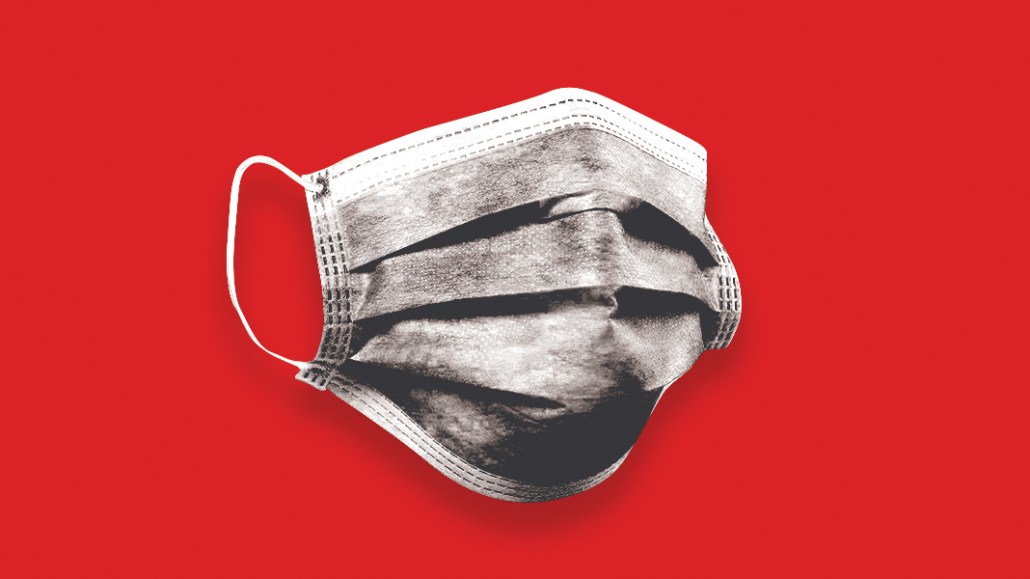‘Agile muscle memory’: How the pandemic’s delta variant made marketers and agencies apply newly learned flexibility

As the delta variant of COVID-19 has spread in recent weeks, some of the headway of a return to normalcy is rolling back out of necessary caution. However, despite the potential uncertainty of the next few weeks and months due to the variant, marketers and agency execs aren’t pressing pause on advertising as they did when the pandemic began.
That’s because the focus on flexibility that has been built into ad deals as well as ad strategies over the last year-and-a-half has remained, making it easier for advertising to be adjusted on the fly as consumer sentiment changes, according to agency execs and marketers.
“‘Flexible’ is now a tenet for any plan, for the next few months or for a multi-year approach,” said Kari Shimmel, chief strategy officer at Campbell Ewald. “There’s an expectation for just about every category that brands need to adapt in a real-time way to the customer’s current experience. It’s one of the reasons we are seeing a return to integrated teams, to enable the speed and creativity that needs to take place in these moments.”
Needing to tweak advertising creative as well as media plans quickly given the state of the pandemic has been the norm for marketers and agency employees over the last year. Having to do so once again due to the delta variant doesn’t require a return to square one, since teams have already learned how to respond and adapt throughout the pandemic.
“Most of the work we have been doing with our clients is to think proactively about how consumer behavior might evolve if more restrictions are rolled out, or if we have another lockdown situation,” said Carrie Dino, head of media at Mekanism. “In general, the last two years has taught advertisers that the ability to innovate and shift budgets and messaging in real time is critical to maintaining brand relevance and driving performance.”
With shorter planning windows and built-in flexibility the norm for many campaigns, making dramatic shifts due to the variant (or for any other reason) isn’t as difficult as it was pre-pandemic. “We haven’t taken any significant steps to change our advertising plans because we have already been operating under the assumption that we will need to continue to be nimble in our messaging and media placement regardless of what happens with the delta variant,” said Dino.
She continued: “Consumer behaviors and preferences are shifting faster than ever, and brands need to be able to provide a meaningful and additive experience for the consumer on any platform where they are spending time.”
At the same time, marketers and agency execs are actively managing the impact of the variant. “Brands are currently reviewing and making tweaks to ad creative and copy on a weekly basis, especially right now as restrictions are rapidly being updated in different regions around the country,” said Lucas Piazza, CMO of video production shop QuickFrame. “Thankfully, most brands and marketers have retained this agile muscle memory from the past 18 months so they are more prepared this time around.”
That said, those that used “return to normal” messaging in the spring have likely stopped doing so. And many planned experiential marketing efforts are likely being retooled to be outdoors or rescheduled, according to agency execs. Some direct-to-consumer brands are also tweaking advertising plans to prepare for more e-commerce spending, noted Katya Constantine, CEO of performance marketing shop DigiShop Media, adding that brands have taken a more “month-to-month” approach to planning.
“The fact is, no one knows exactly how much delta will impact Q3 and Q4, but it’s absolutely necessary that brands reevaluate their current plans,” said QuickFrame’s Piazza. “[They have to] make sure they are remaining sensitive to what their customers are experiencing.”
More in Marketing

Zero-click search is changing how small brands show up online — and spend
To appease the AI powers that be, brands are prioritizing things like blogs, brand content and landing pages.

More creators, less money: Creator economy expansion leaves mid-tier creators behind
As brands get pickier and budgets tighten, mid-tier creators are finding fewer deals in the booming influencer economy.

‘Still not a top tier ad platform’: Advertisers on Linda Yaccarino’s departure as CEO of X
Linda Yaccarino — the CEO who was never really in charge.





